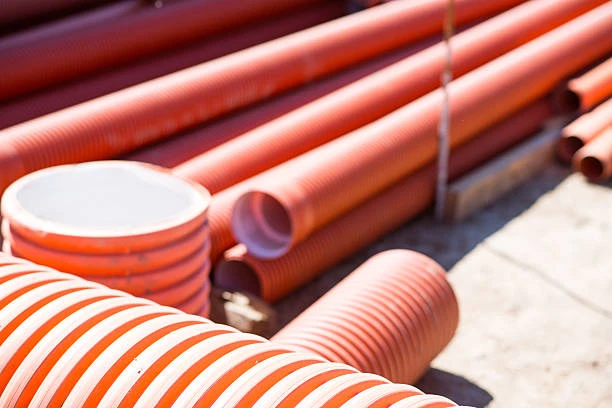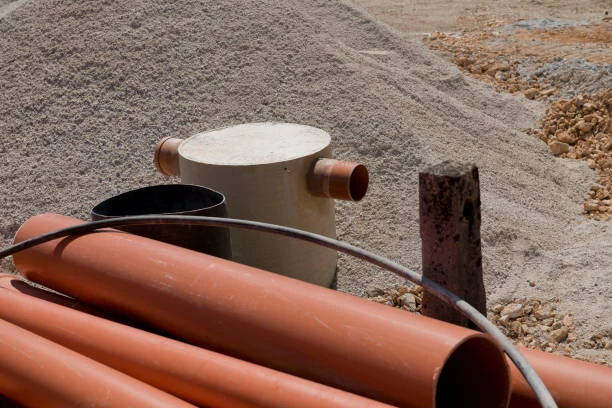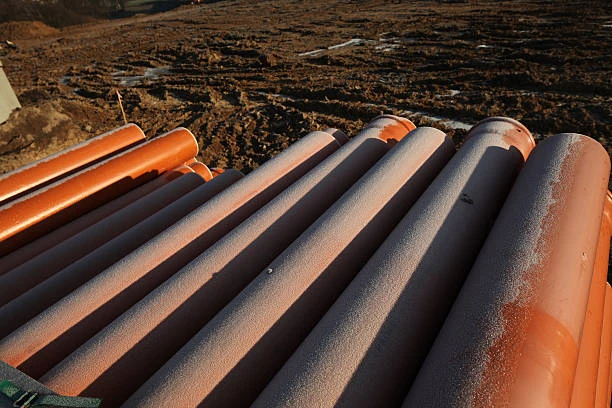Introduction
The PPH pipe market continues to expand as industries seek durable, chemical-resistant, and cost-effective piping solutions. As demand grows in sectors such as chemical processing, water treatment, and industrial manufacturing, PPH pipes are becoming the preferred choice worldwide. This report explores the latest market trends, key growth factors, challenges, and future projections for the PPH pipe market in 2025.
1. Overview of the PPH Pipe Market
The PPH pipe market is growing steadily due to increasing industrialization and infrastructure development. Many industries rely on PPH pipes for transporting aggressive chemicals, high-temperature fluids, and industrial waste. Since these pipes offer superior resistance to corrosion, lightweight properties, and a long service life, more companies are adopting them.
Market Size and Growth Trends
- The global PPH pipe market is expanding at a CAGR of approximately 6.5% from 2023 to 2025.
- By the end of 2025, the market is expected to reach USD 1.2 billion.
- Asia-Pacific remains the largest consumer, while Europe and North America continue to experience steady growth.
2. Key Market Drivers
Several factors are accelerating the growth of the PPH pipe market:
a) Growing Demand in Chemical Processing
Many industries require pipes that can withstand exposure to harsh chemicals. PPH pipes offer high chemical resistance, making them ideal for applications in sectors dealing with acids, alkalis, and solvents. Since industries are expanding globally, the need for reliable piping solutions is increasing.
b) Expanding Investments in Water Treatment Plants
Water scarcity and pollution concerns have prompted governments and businesses to invest in water treatment facilities. PPH pipes play a crucial role in filtration systems, desalination plants, and industrial wastewater disposal. As water management becomes a priority, the demand for PPH pipes continues to rise.
c) Rapid Growth in Industrial Infrastructure
As industries such as oil and gas, pharmaceuticals, and power generation expand, they require reliable piping solutions. PPH pipes provide the durability and efficiency necessary for long-term operations. More companies are integrating them into their infrastructure plans.
d) Advancements in Manufacturing Technology
Manufacturers are constantly improving PPH pipes by enhancing durability, increasing pressure resistance, and adopting eco-friendly production processes. As these innovations make PPH pipes even more reliable, more industries are switching to them.
3. Challenges in the PPH Pipe Market
Although the market is growing, certain challenges remain:
a) Higher Initial Costs
When compared to traditional metal or PVC pipes, PPH pipes require a higher upfront investment. However, companies recognize that their long-term durability and minimal maintenance costs make them a cost-effective choice over time.
b) Competition from Alternative Materials
Although PPH pipes offer many advantages, alternative materials such as PVC, HDPE, and CPVC still compete in the market. To maintain a strong position, manufacturers need to highlight the unique benefits of PPH pipes through effective marketing strategies.
c) Compliance with Regulatory Standards
Governments and industry regulators have introduced strict environmental and safety standards. Companies in the PPH pipe market must ensure that their products meet these requirements while maintaining cost efficiency.

4. Regional Analysis of the PPH Pipe Market
a) Asia-Pacific
- Industrialization in China, India, and Southeast Asia is driving demand.
- Government infrastructure projects and chemical industries contribute to rapid growth.
b) North America
- The region experiences steady growth as industries upgrade their piping systems.
- Government funding for infrastructure and water treatment initiatives is increasing.
c) Europe
- Chemical processing industries in Germany, France, and the UK rely on PPH pipes.
- Environmental regulations encourage the use of sustainable piping solutions.
d) Middle East & Africa
- Growing oil & gas projects and construction activities increase demand.
- Smart city and industrial expansion projects create new opportunities.
5. Competitive Landscape
Leading companies in the PPH pipe market continue to invest in innovation, production capacity, and strategic partnerships.
Major Industry Players
- Röchling Group – Specializes in high-performance thermoplastic piping.
- AGRU Kunststofftechnik GmbH – Known for its chemical-resistant piping solutions.
- Simona AG – A major supplier of polymer piping systems.
- IPEX Inc. – Focuses on industrial and water distribution applications.
Industry Strategies
- Innovation in materials: Companies develop new formulations to improve durability and flexibility.
- Expanding production: Manufacturers build new facilities to meet growing demand.
- Strategic partnerships: Businesses collaborate to strengthen global market presence.
6. Future Outlook for the PPH Pipe Market
The PPH pipe market is poised for continued growth as industries prioritize durability, efficiency, and sustainability.
Key Market Projections for 2025:
- Demand for corrosion-resistant, high-performance piping will continue rising.
- Environmental policies will push industries toward sustainable solutions.
- Smart piping systems with remote monitoring capabilities will gain popularity.
- New applications in renewable energy, pharmaceuticals, and food processing will emerge.
Conclusion
As industries seek better piping solutions, the PPH pipe market will remain on an upward trajectory. Companies focusing on innovation, sustainability, and strategic expansion will strengthen their market position. With ongoing advancements and increasing adoption, PPH pipes are set to play a crucial role in industrial applications worldwide.
Frequently Asked Questions (FAQs)
1. Which industries rely on PPH pipes the most?
Chemical processing, water treatment, industrial manufacturing, oil & gas, and pharmaceuticals all benefit from PPH pipes due to their durability and chemical resistance.
2. How fast is the PPH pipe market growing?
The PPH pipe market is growing at a CAGR of 6.5% and is expected to reach USD 1.2 billion by 2025.
3. Why do industries prefer PPH pipes over metal pipes?
Unlike metal pipes, PPH pipes resist corrosion, are lightweight, and require less maintenance, making them a cost-effective choice.
4. What challenges does the PPH pipe market face?
The main challenges include high initial costs, competition from alternative materials, and compliance with regulatory standards.
5. How are manufacturers improving PPH pipe technology?
Manufacturers focus on new material formulations, smart piping solutions, and environmentally friendly production methods to enhance performance and sustainability.


















